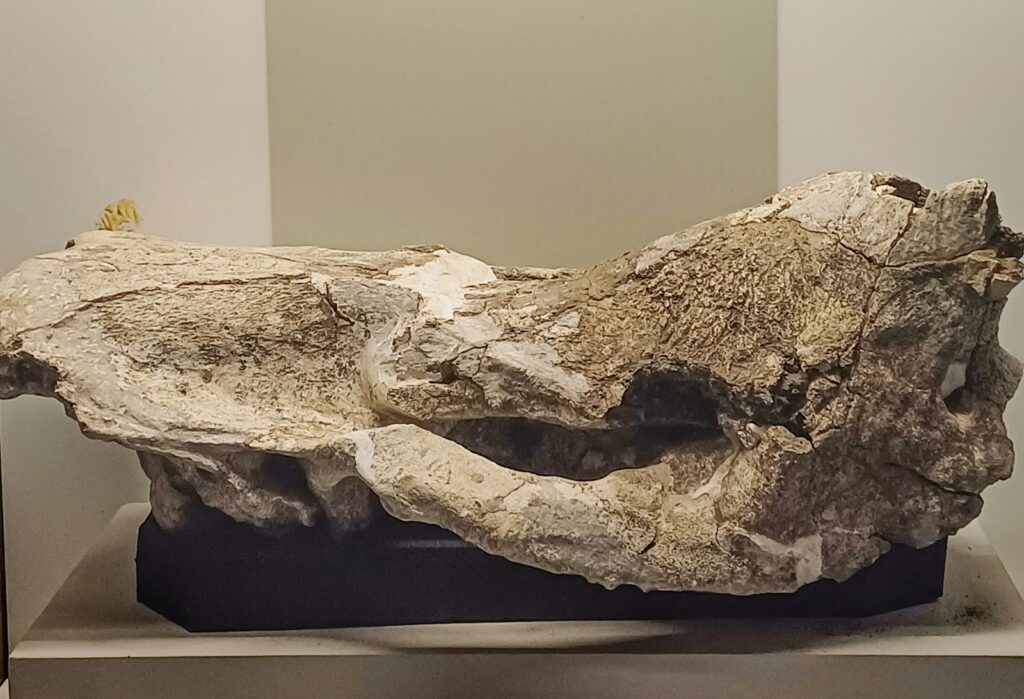In the summer of 1999, a remarkable discovery was made near Marmarth, North Dakota, that would forever change our understanding of dinosaurs. A teenage fossil hunter named Tyler Lyson stumbled upon what appeared to be an ordinary dinosaur skeleton on his family’s property. What he couldn’t have known then was that he had discovered one of the most extraordinary paleontological finds in North American history—a mummified dinosaur nicknamed “Dakota.” Unlike typical fossilized remains that preserve only bones, Dakota retained rare soft tissue impressions, offering an unprecedented glimpse into the physical appearance and biology of these ancient creatures. This hadrosaur, a duck-billed dinosaur from the Late Cretaceous period, would go on to revolutionize how scientists study prehistoric life and challenge long-held assumptions about dinosaur anatomy and appearance.
The Accidental Discovery
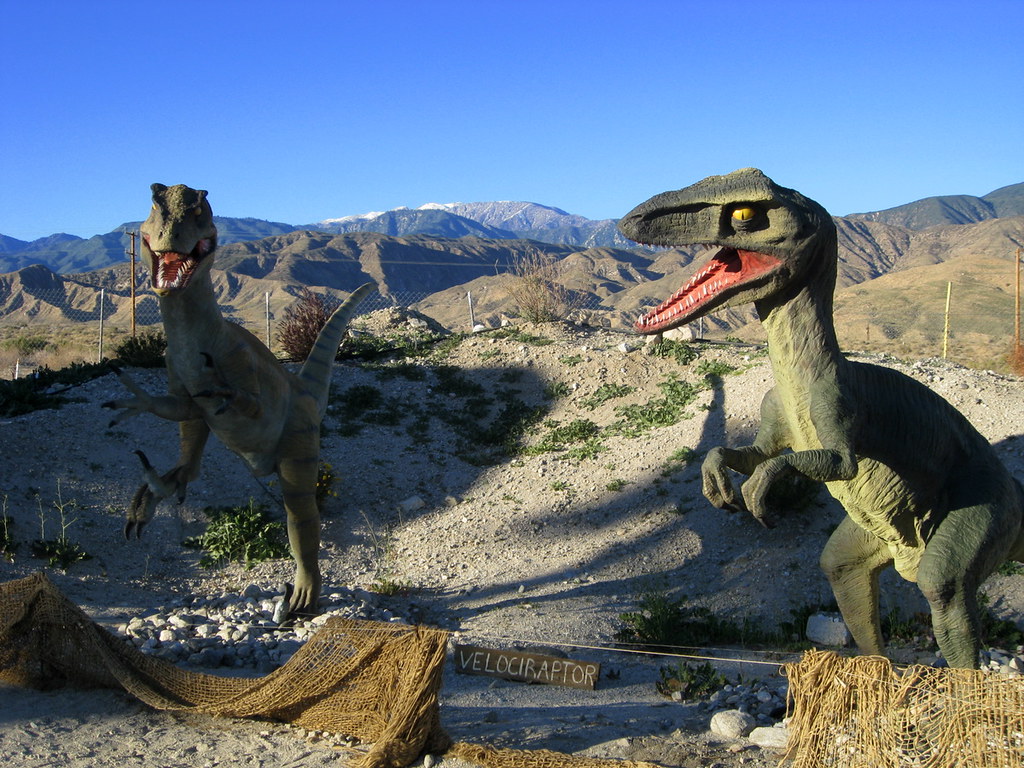
Tyler Lyson’s discovery of Dakota wasn’t the result of a formal scientific expedition but rather a fortunate accident during a routine exploration of his family’s ranch in southwestern North Dakota. As a 16-year-old amateur fossil enthusiast, Lyson spotted what appeared to be a small section of fossilized skin exposed on a hillside. Initially, he didn’t recognize the significance of his find, thinking it was just another partial skeleton like many others found in the fossil-rich Hell Creek Formation. The excavation began several years later when Lyson was a graduate student at Yale University, collaborating with a team of paleontologists who quickly realized they were dealing with something extraordinary. This chance discovery highlights how significant paleontological finds often occur outside formal academic settings, emphasizing the valuable contributions amateur fossil hunters make to the field of paleontology.
What Makes Dakota Unique
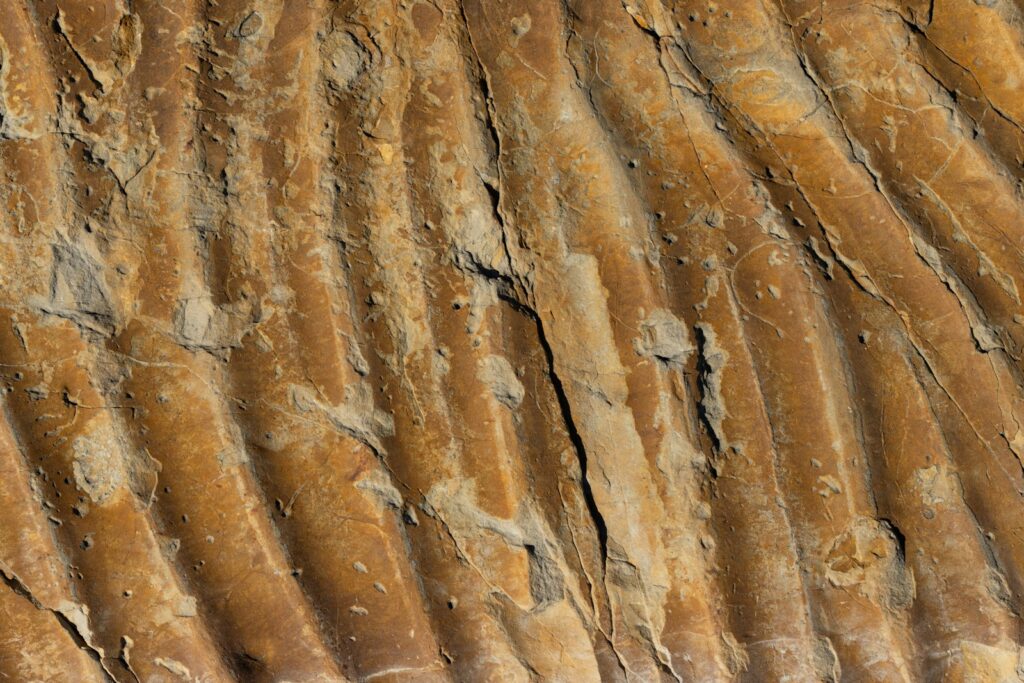
Dakota stands apart from most dinosaur fossils because it’s not merely a skeleton but a natural mummy with extensive soft tissue preservation. While most dinosaur fossils consist solely of mineralized bones, Dakota retained impressions of skin, muscles, and potentially other soft tissues across approximately 90% of its body. This exceptional preservation resulted from a rare process where the dinosaur’s skin and soft tissues underwent rapid burial and mineralization before decomposition could fully occur. The preservation is so detailed that scientists can observe the texture and pattern of the dinosaur’s skin, revealing that hadrosaurs had much more complex skin structures than previously thought. Dakota’s remains show evidence of scales varying in size and arrangement across different body parts, providing unprecedented insights into dinosaur physiology and external appearance that bones alone could never reveal.
The Science of Dinosaur Mummification
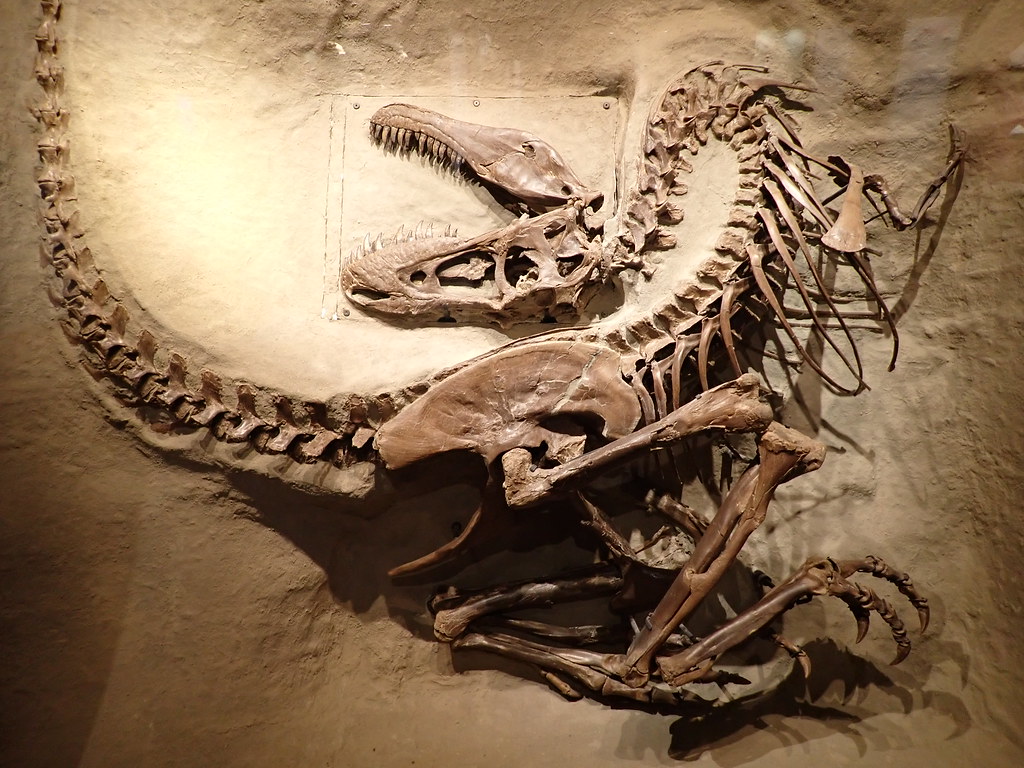
The mummification of Dakota involved a series of extraordinary circumstances that rarely align in nature. Paleontologists believe the dinosaur died near a water source during a drought period, with its body quickly becoming dehydrated and partially desiccated in the hot, arid climate. Following this initial drying, the remains were rapidly buried by sediment, likely during a flash flood event, creating an oxygen-poor environment that inhibited bacterial decomposition. The minerals in the surrounding sediment then infiltrated the soft tissues, essentially creating natural casts of the dinosaur’s external features and some internal structures. This process differs significantly from Egyptian mummification, which was intentional and involved human intervention, whereas Dakota’s preservation was entirely natural. Understanding this mummification process has helped scientists identify conditions and environments where other soft-tissue preserved specimens might be found, potentially leading to more discoveries of this rare type.
Rewriting Dinosaur Anatomy
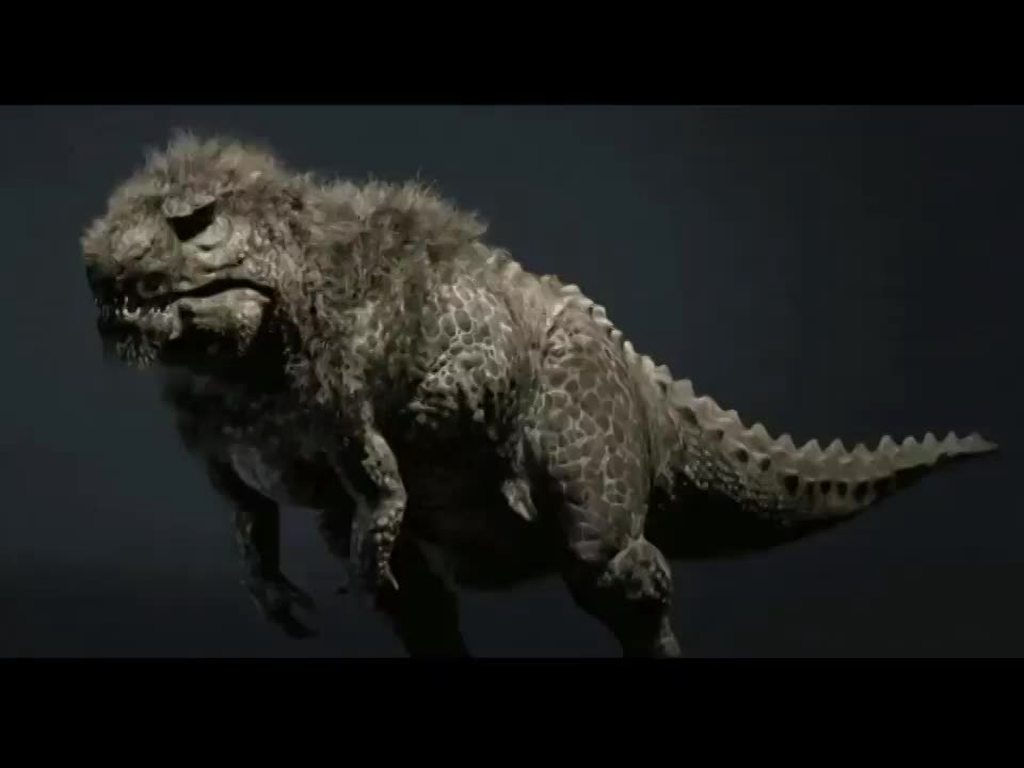
Dakota’s exceptional preservation has forced paleontologists to reconsider fundamental aspects of hadrosaur anatomy. Prior to this discovery, scientific understanding of hadrosaur musculature was based largely on comparisons with modern birds and reptiles, leaving considerable room for speculation. Dakota’s soft tissue impressions revealed that hadrosaurs had significantly more massive hind limbs than previously estimated, with approximately 25% more muscle mass than models based solely on skeletal remains had suggested. This discovery indicated that these dinosaurs were likely faster and more athletic than previously thought, capable of outrunning predators like Tyrannosaurus rex. Additionally, the preserved skin impressions showed that the dinosaur’s tail was about 25% wider than bone-based reconstructions had indicated, suggesting it may have played important roles in balance, locomotion, or even social displays that were previously unrecognized.
The Technological Revolution in Studying Dakota
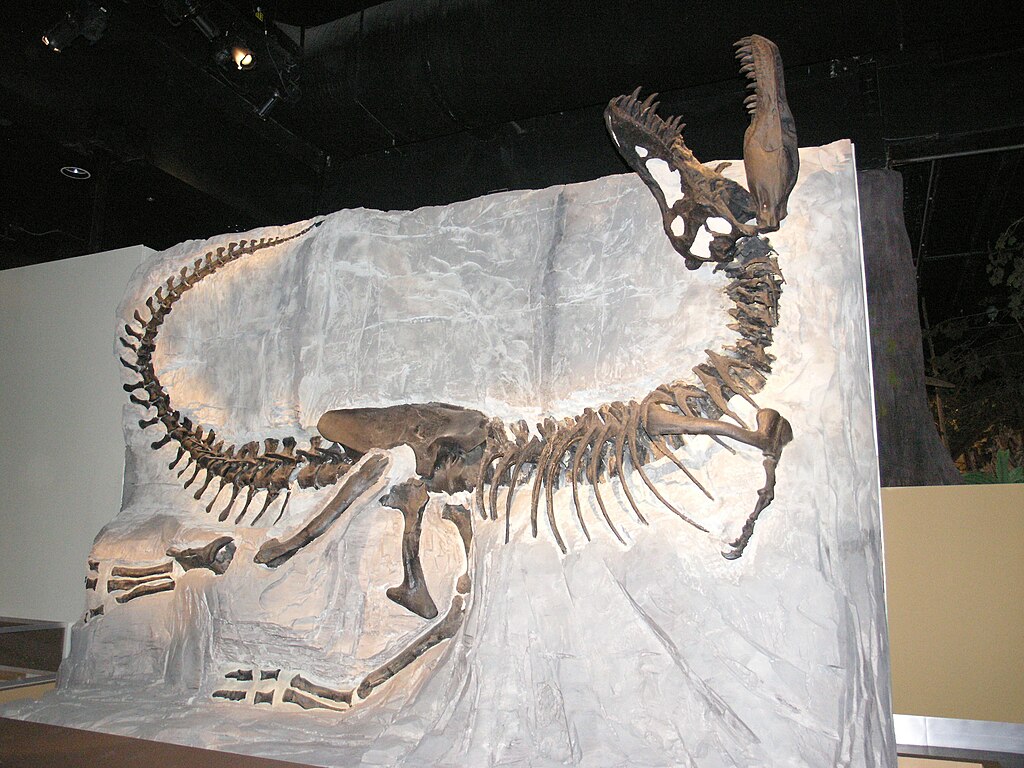
Examining Dakota required innovative approaches that pushed the boundaries of paleontological research techniques. Scientists employed advanced imaging technologies like CT scanning and specialized X-rays to peer beneath the mineralized skin without damaging the irreplaceable specimen. These non-destructive methods allowed researchers to create detailed three-dimensional models of Dakota’s internal structures, revealing the relationship between bones and soft tissues with unprecedented clarity. Researchers also utilized scanning electron microscopy to examine the microstructure of preserved tissues, potentially identifying cellular remnants that had survived the fossilization process. Chemical analysis techniques were applied to samples from the specimen, helping identify the composition of the preserved materials and distinguishing between actual remnants of organic tissues and mineral replacements. This technological approach to studying Dakota established new protocols for examining other exceptionally preserved fossils, revolutionizing how paleontologists extract information from rare specimens.
Insights into Dinosaur Skin and Coloration

Dakota’s skin impressions provided a wealth of information about hadrosaur dermal features that had been largely theoretical before this discovery. The preserved skin showed a complex pattern of scales that varied significantly across the animal’s body, with smaller, more uniform scales on the limbs and larger, more diverse scales and tubercles on the torso. This pattern suggests regional specialization of skin structure that might have served different functions, from protection to thermoregulation. Perhaps most exciting was the discovery of pigment-bearing cells preserved within some skin impressions, offering tantalizing clues about Dakota’s coloration. While definitive colors couldn’t be determined, the patterns of these cells suggested that hadrosaurs may have had more complex color patterns than the uniform gray or green depictions common in older reconstructions. These findings have transformed artistic representations of hadrosaurs, inspiring more nuanced and potentially accurate depictions of these dinosaurs’ external appearance.
Challenges in Excavation and Preservation
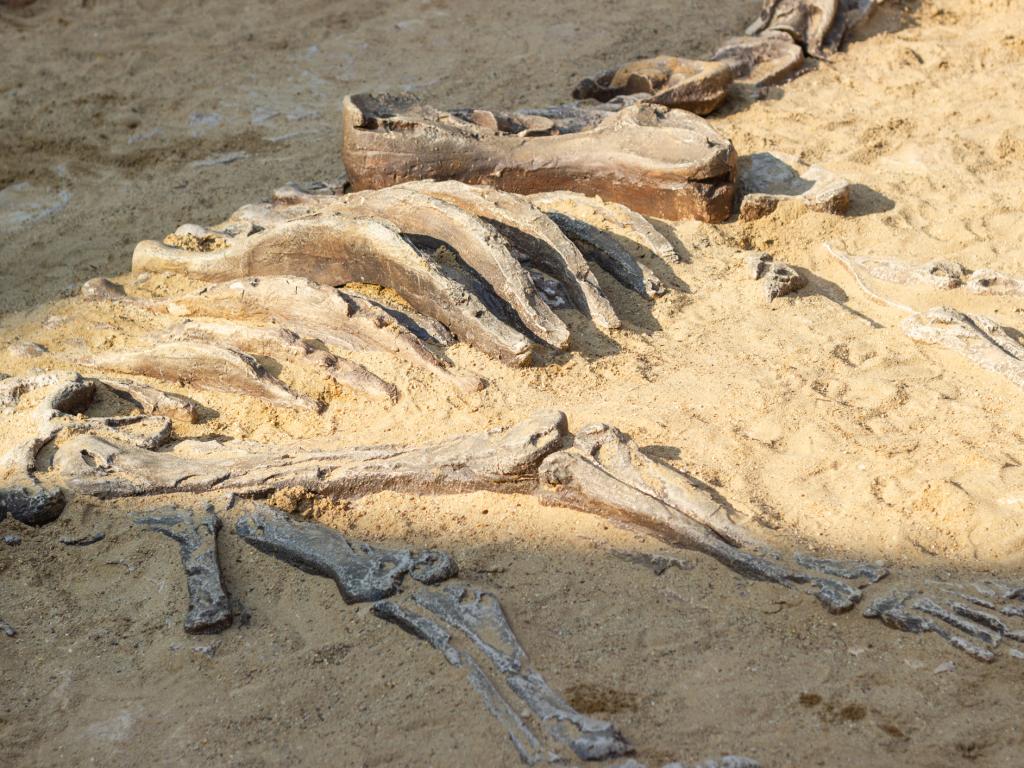
Excavating Dakota presented unique challenges that tested the limits of conventional paleontological field techniques. The exceptional preservation of soft tissues required extreme caution during excavation, as traditional methods might have damaged the delicate skin impressions and other preserved structures. The excavation team employed techniques more commonly associated with archaeological digs, using fine tools and applying consolidants to strengthen fragile areas before removal. The fossil’s extraordinary weight—significantly heavier than typical dinosaur remains due to the additional mineralized tissues—necessitated specialized equipment for extraction and transport. Once removed from the field, Dakota required custom-designed storage conditions with carefully controlled temperature and humidity to prevent degradation of the preserved tissues. The preparation of the specimen for study continues to this day, with preparators removing matrix rock grain by grain to reveal additional details without compromising the integrity of this priceless scientific treasure.
Dakota’s Species Identification

While commonly referred to simply as a “hadrosaur” or “duck-billed dinosaur,” detailed study of Dakota’s remains has allowed scientists to identify it more specifically as an Edmontosaurus, a genus of large hadrosaurs that lived during the late Cretaceous period approximately 67 million years ago. This identification was confirmed through analysis of distinctive skeletal features, particularly in the skull and vertebrae, which match known Edmontosaurus specimens. Dakota appears to represent a subadult individual, not yet fully grown but well beyond juvenile stage, providing valuable insights into the growth and development of these dinosaurs. The specimen’s excellent preservation has allowed scientists to study aspects of Edmontosaurus anatomy that were previously unknown, including how the skin attached to the underlying skeletal structure. This precise identification places Dakota within the broader evolutionary context of hadrosaurs, a highly successful group of herbivorous dinosaurs that were among the most common large animals in North America just before the mass extinction event that ended the dinosaur era.
The Environmental Context of Dakota’s World

Dakota lived during the final stages of the Cretaceous period in what is now North Dakota but was then a very different environment. The Hell Creek Formation, where the fossil was discovered, preserves evidence of a warm, subtropical environment with seasonal rainfall patterns that supported diverse plant life, including flowering plants, conifers, and ferns. Rivers and floodplains dominated the landscape, creating the ideal conditions for the preservation of fossils when organisms died near water sources. Dakota inhabited this environment alongside numerous other dinosaur species, including Tyrannosaurus rex, Triceratops, and various smaller dinosaurs and primitive mammals. Pollen and plant fossils found in the same formation indicate that hadrosaurs like Dakota lived in a time of significant environmental change, with flowering plants beginning to dominate many ecosystems. The environmental data gathered from the site has helped scientists reconstruct not just the anatomy of Dakota but also its ecological context, painting a comprehensive picture of this dinosaur’s life and world.
Scientific Debates Sparked by Dakota
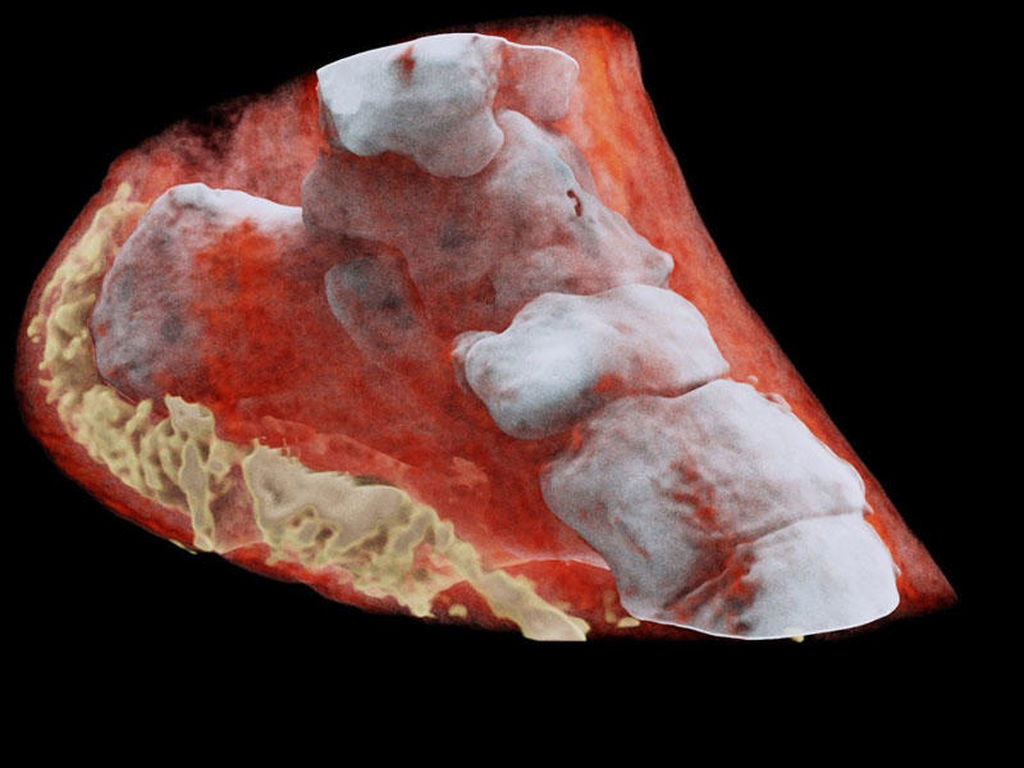
The discovery of Dakota ignited several intense scientific debates that continue to resonate throughout the paleontological community. One major controversy concerns the nature of the preserved soft tissues—whether they represent actual preserved organic material or merely mineral replicas of structures that have completely decomposed. Some researchers argue that traces of original proteins and cells have survived, while others maintain that such preservation is impossible over tens of millions of years and that the structures are entirely mineralized replacements. Another debate centers on Dakota’s locomotion capabilities, with the newly revealed musculature suggesting these dinosaurs were more athletic than previously believed, challenging long-held assumptions about hadrosaur behavior as slow, plodding herbivores. Perhaps most significantly, Dakota sparked renewed discussion about dinosaur metabolic rates, with the complex skin structures potentially indicating sophisticated thermoregulation capabilities more consistent with an active, warm-blooded metabolism than with the traditionally assumed cold-blooded reptilian physiology. These ongoing debates demonstrate how a single exceptional specimen can transform fundamental assumptions about extinct organisms.
Public Impact and Cultural Significance

Beyond its scientific importance, Dakota has captured public imagination and transformed popular understanding of dinosaurs. The mummified dinosaur became the subject of a National Geographic documentary titled “Dino Autopsy,” which brought the significance of this discovery to millions of viewers worldwide. Museum exhibits featuring casts and reconstructions based on Dakota have become major attractions, allowing visitors to see dinosaurs not just as skeletons but as once-living animals with skin, muscle, and form. The discovery has particular cultural significance in North Dakota, where it has become a source of regional pride and a symbol of the state’s rich paleontological heritage. Educational programs centered around Dakota have inspired a new generation of aspiring paleontologists, with many young people citing the mummified dinosaur as their introduction to the field of paleontology. This cultural impact demonstrates how exceptional fossils can serve as powerful bridges between scientific research and public engagement with natural history.
Comparison to Other Exceptional Dinosaur Fossils
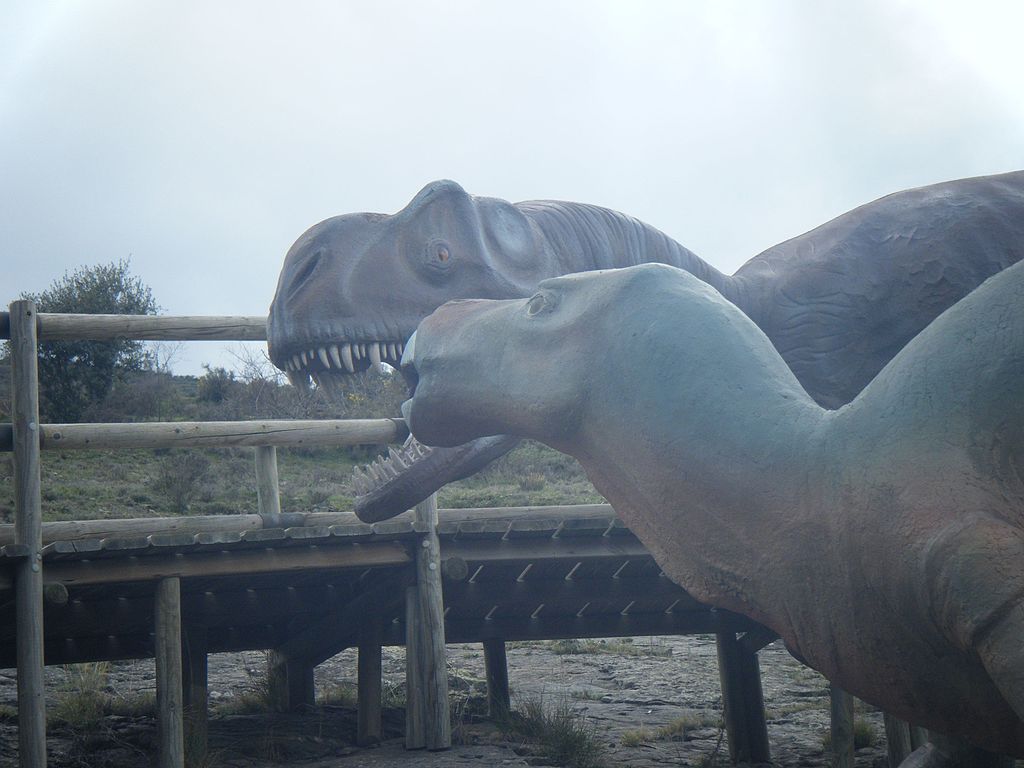
While Dakota represents one of the most significant dinosaur mummies ever discovered, it exists within a small but growing collection of exceptionally preserved dinosaur specimens from around the world. The nodosaur “Borealopelta” from Alberta, Canada, discovered in 2011, preserved not only skin impressions but also pigmentation patterns that revealed its reddish-brown coloration. Mongolia’s famous “fighting dinosaurs”—a Velociraptor and Protoceratops found locked in combat—demonstrate extraordinary behavioral preservation, capturing a moment frozen in time. Leonardo, another mummified hadrosaur found in Montana, preserves stomach contents that provide direct evidence of this dinosaur’s last meal. Dakota stands out among these specimens for the comprehensive nature of its preservation, with nearly the entire body showing some degree of soft tissue preservation, rather than just isolated areas. Comparing these exceptional fossils allows scientists to identify patterns in preservation and build a more complete understanding of dinosaur biology than any single specimen could provide.
Future Research Directions
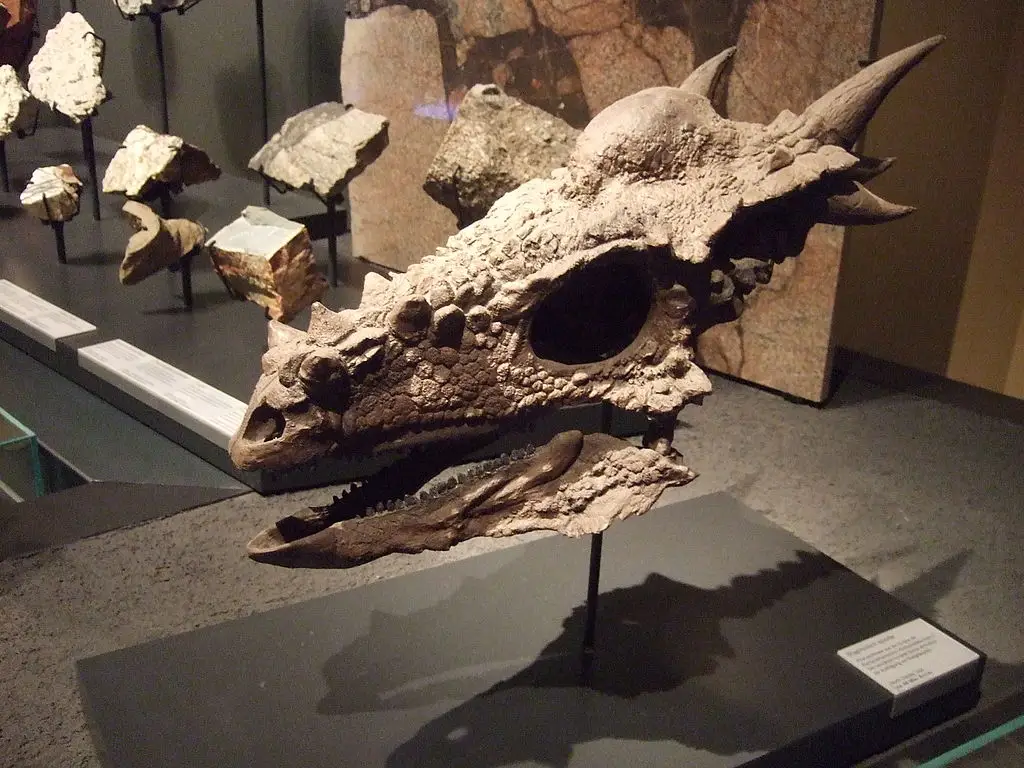
The study of Dakota continues to evolve as new analytical techniques become available to researchers. Current and planned investigations include advanced chemical analysis of preserved tissues to identify potential biomolecules that might have survived the fossilization process. Researchers are exploring the possibility of extracting ancient DNA from exceptionally preserved areas, though this remains highly speculative given the specimen’s age. Biomechanical engineers are using the more accurate muscle reconstructions made possible by Dakota to create sophisticated computer models simulating how these dinosaurs moved, providing insights into their speed, agility, and energy expenditure. Paleontologists also hope to use data from Dakota to better understand the process of fossilization itself, potentially identifying environmental conditions that promote exceptional preservation and guiding future fossil hunting expeditions. As technology advances, Dakota will undoubtedly yield additional secrets, continuing to transform our understanding of dinosaurs more than two decades after its initial discovery.
Dakota the mummified dinosaur represents one of paleontology’s most significant breakthroughs, providing an unprecedented window into the actual appearance and biology of creatures that vanished 66 million years ago. By preserving not just bones but also soft tissues, this remarkable specimen has forced scientists to reconsider fundamental aspects of dinosaur anatomy, physiology, and behavior. Beyond its scientific value, Dakota has captured public imagination, transforming how we visualize and understand these ancient animals. As research continues with increasingly sophisticated technologies, this extraordinary fossil will undoubtedly continue to yield new insights, reminding us that despite centuries of dinosaur research, extraordinary discoveries can still fundamentally change our understanding of Earth’s prehistoric past. Dakota stands as testament to the ever-evolving nature of paleontological knowledge and the remarkable stories that can be unlocked from the fossil record when exceptional preservation meets cutting-edge science.

